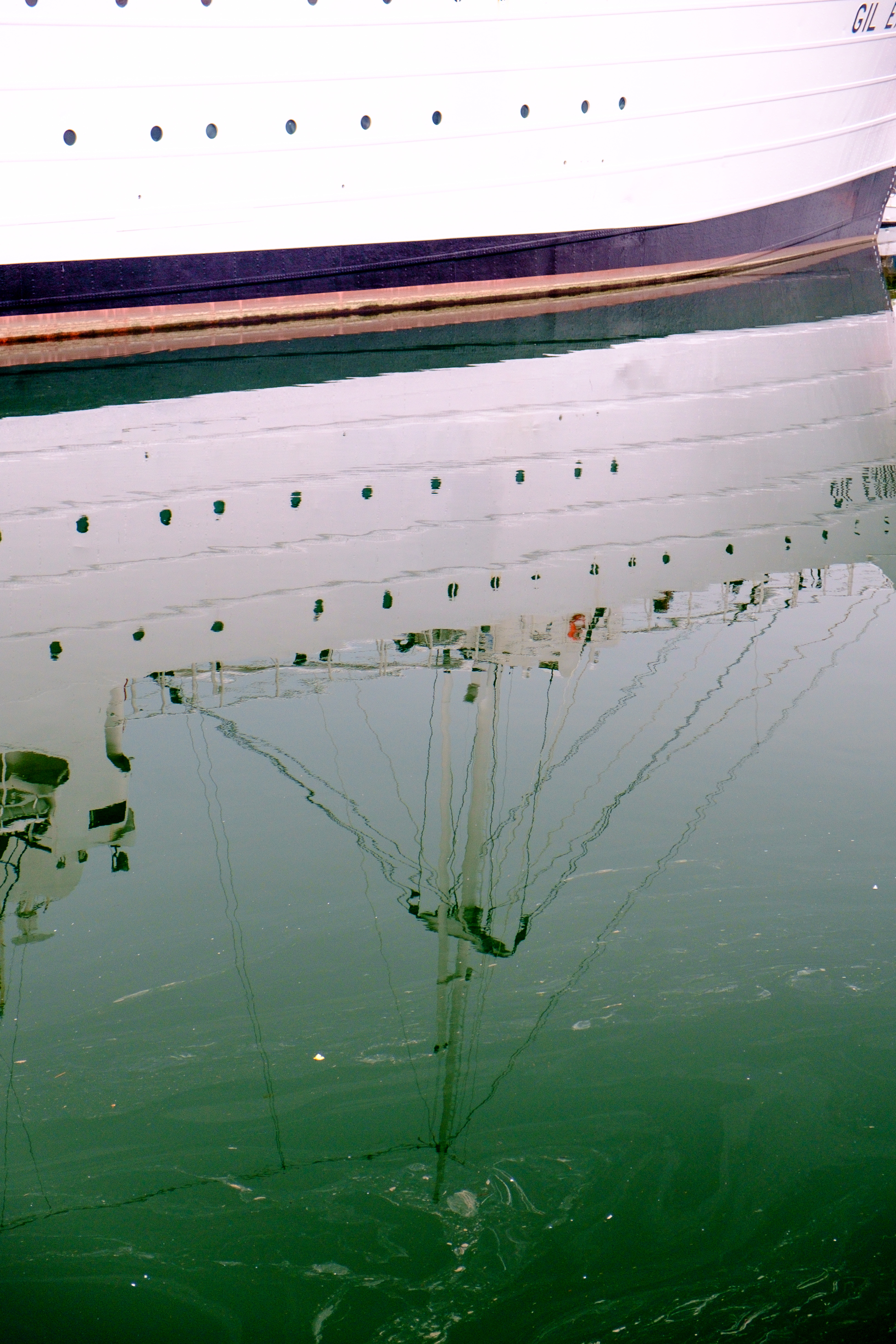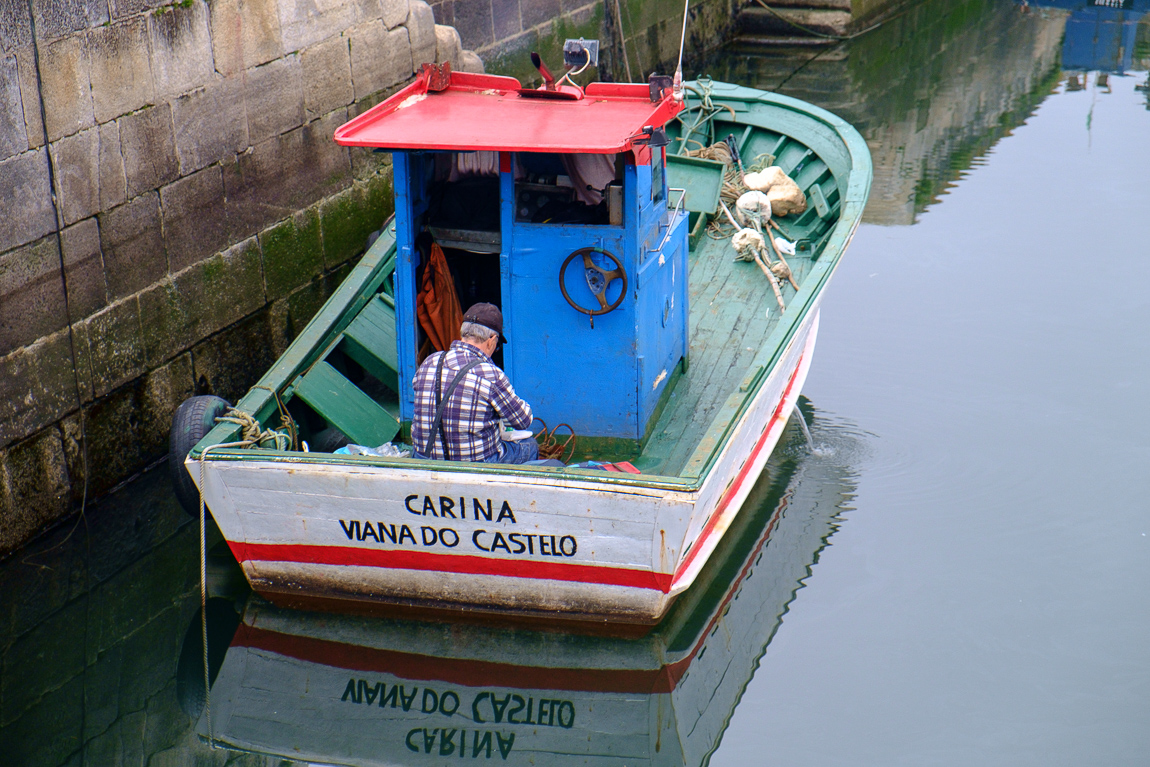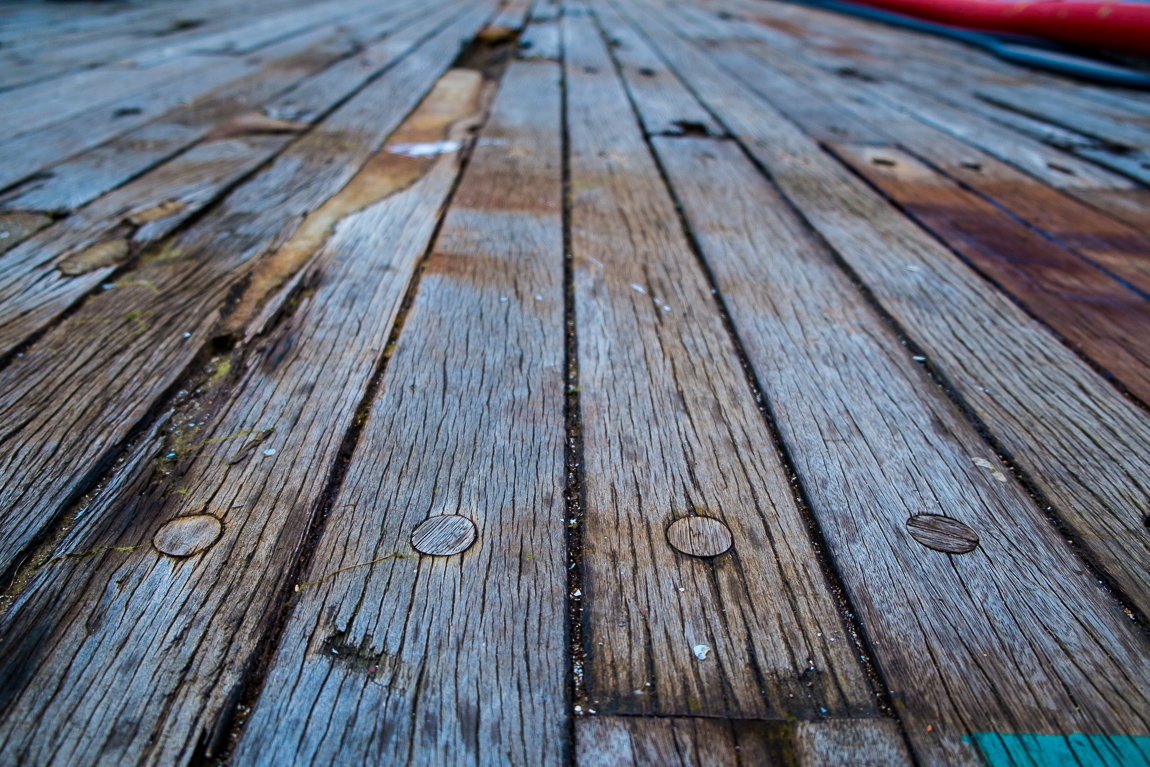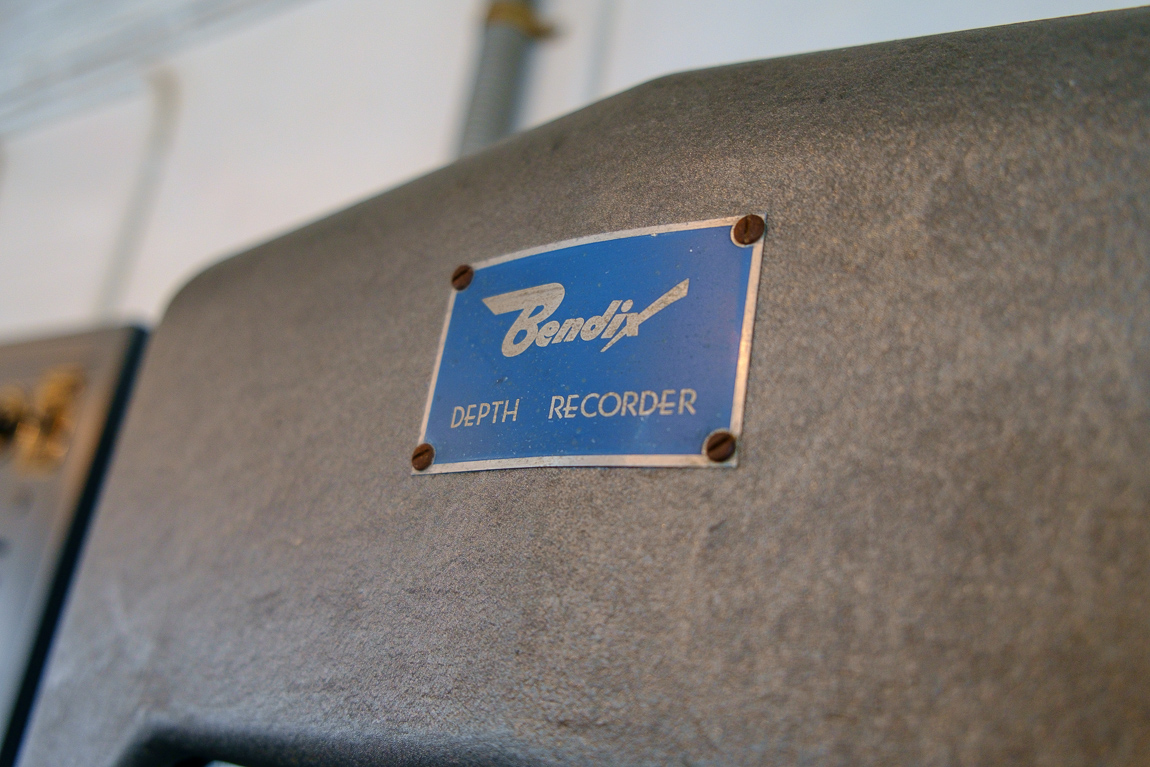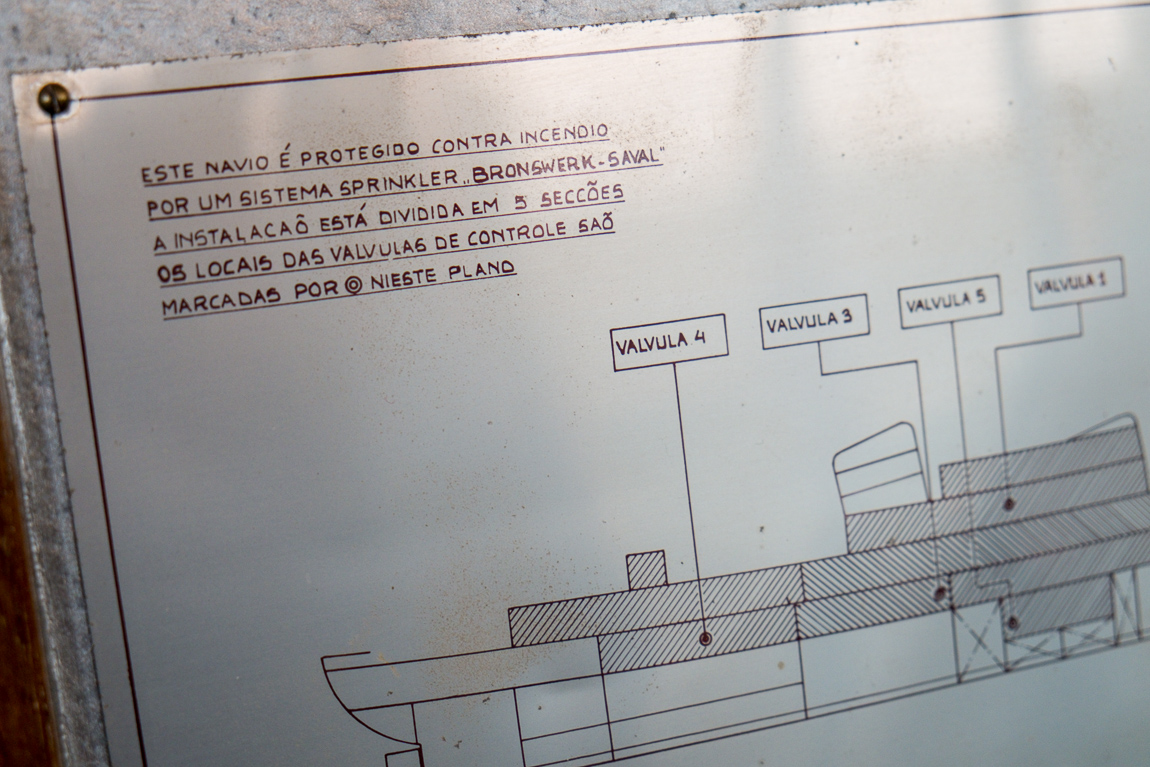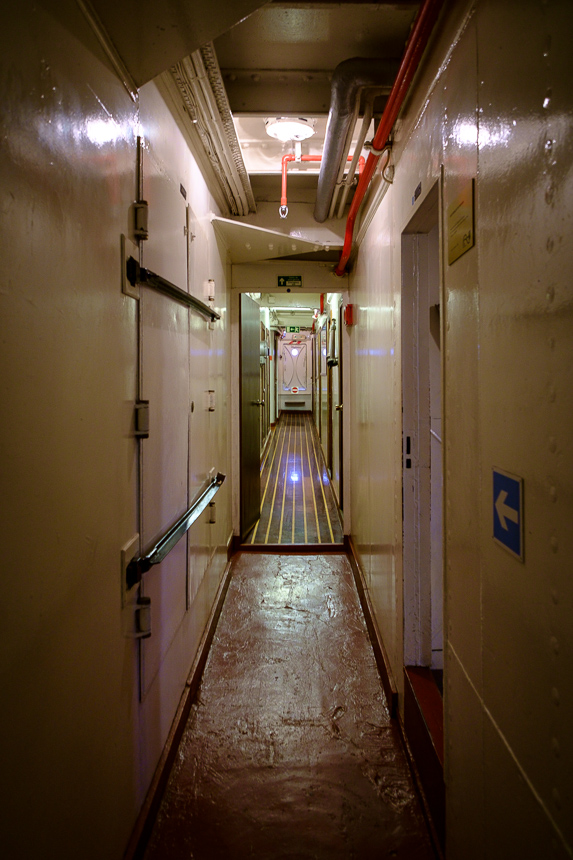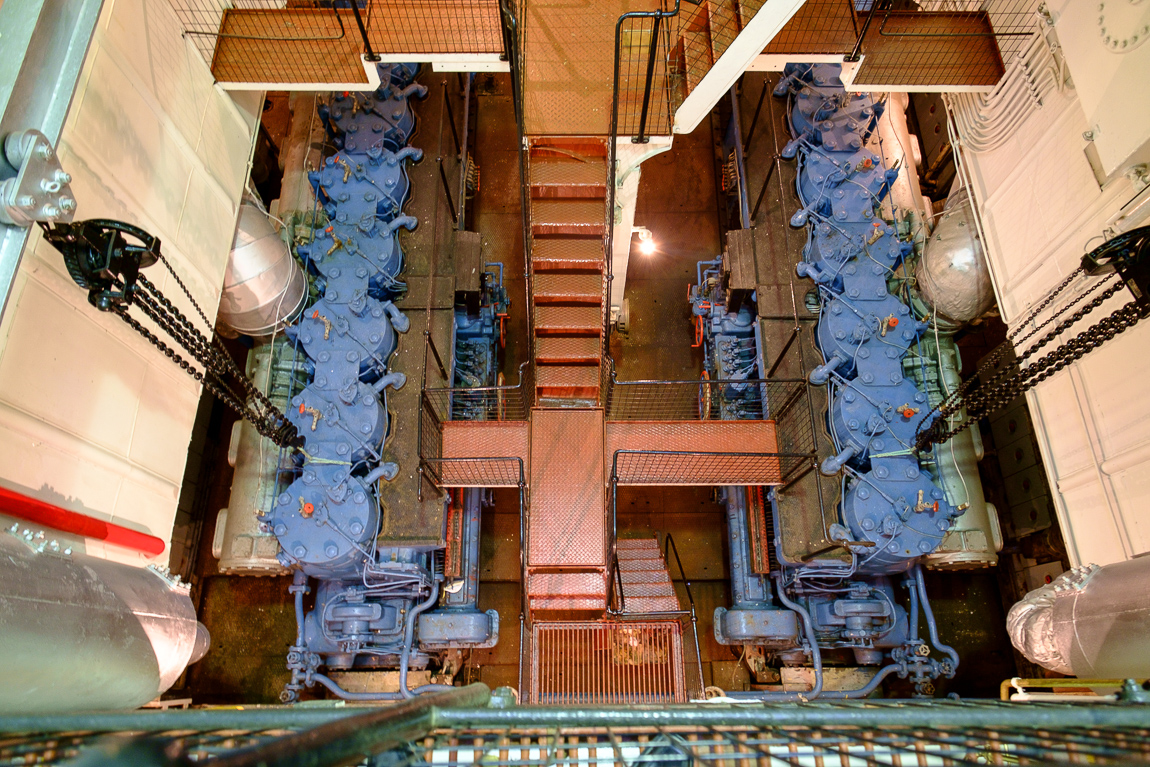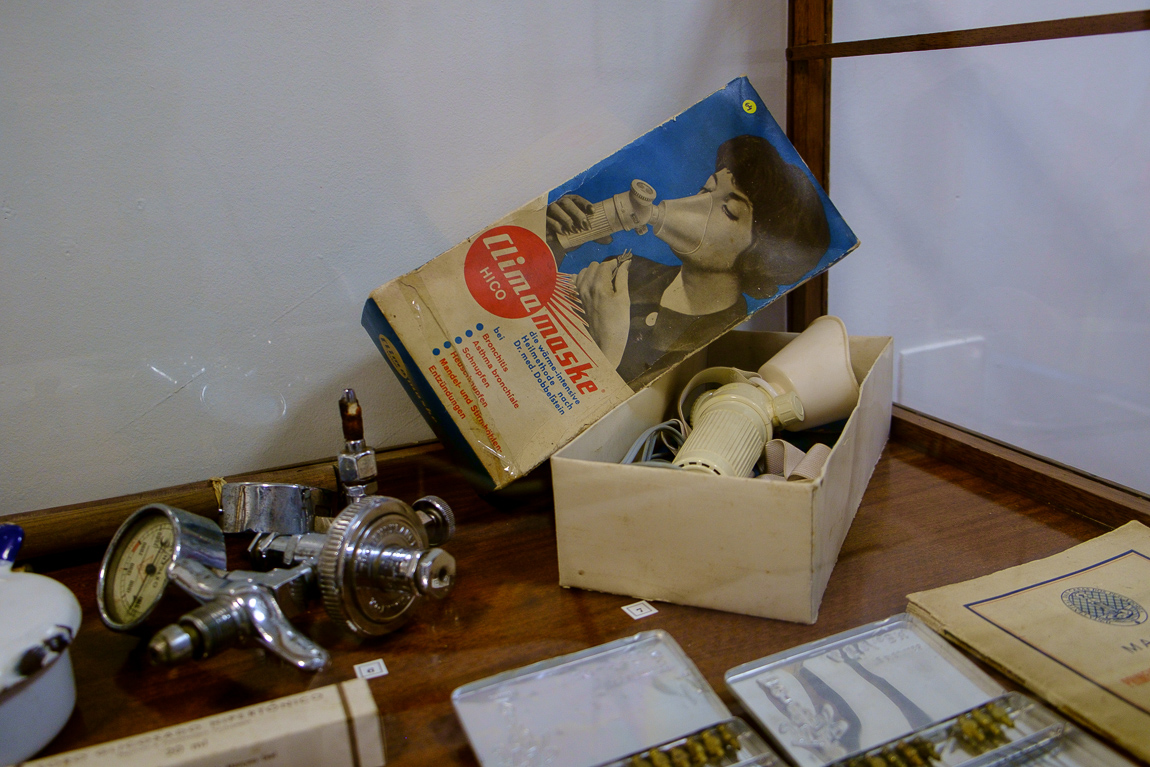Since the times of D. Dinis, one of the main ingredients of the portuguese cuisine is Bacalhau, dried and salted codfish. Till the 19th century, most of the bacalhau was imported.
However, starting in the late 19th century, Portuguese fishermen, who used to be coastal fishermen only, also started to go after codfish in the north Atlantic. Most often the ships were at sea for over 6 months, refurbishing food was problematic and medical assistance did not really exist.
To ease the hard life of the fishermen a bit, a vessel was refurbished to supply food, transport goods and post and to provide medical assistance to the bacalhau fleet. The former german merchant ship “Lahneck”, which came under Portuguese flag as reparation after the first world war, was fitted for arctic waters and got the name of “Gil Eannes”. It’s name giver, Gil Eannes, was a portuguese explorer in the 15th century and one of the first sailors to pass cape Bojador, the most terrifying cape on the way around Africa at that time.
After the second world war, the first Gil Eannes was to be substituted by a more modern ship. Thus, the vessel currently moored in the port of Viana do Castelo was commissioned at the docks in this town.
It was constructed as a supply and hospital ship for the “white fleet” of the Portuguese codfish hunters. A deadweight tonnage of 2274 tons, nearly 100m long and 14m wide the vessel had room for a crew of 72, 6 passengers and 74 patients. It had an operating theater as well as large cold storage to supply the fishing ships with fresh food.
During it’s duty, the ship transported crewmembers to and from the fishing ships, provided medical services, served as an icebreaker for smaller vessels and carried post for the sailors. It refurbished the supplies of food from its cold storages and served as an administrative ship.
1973 it made its last voyage into the arctic waters of Newfoundland. 1977 it was decommissioned and planned to go to the junkyard. Thanks to an initiative from the people of Viana do Castelo it was not cut apart. It took more than twenty years, but in 1998 it was opened to the public as a museum located in the port of Viana do Castelo. Today it is home of a museum displaying the history of the white fleet and the history of the vessel itself.



